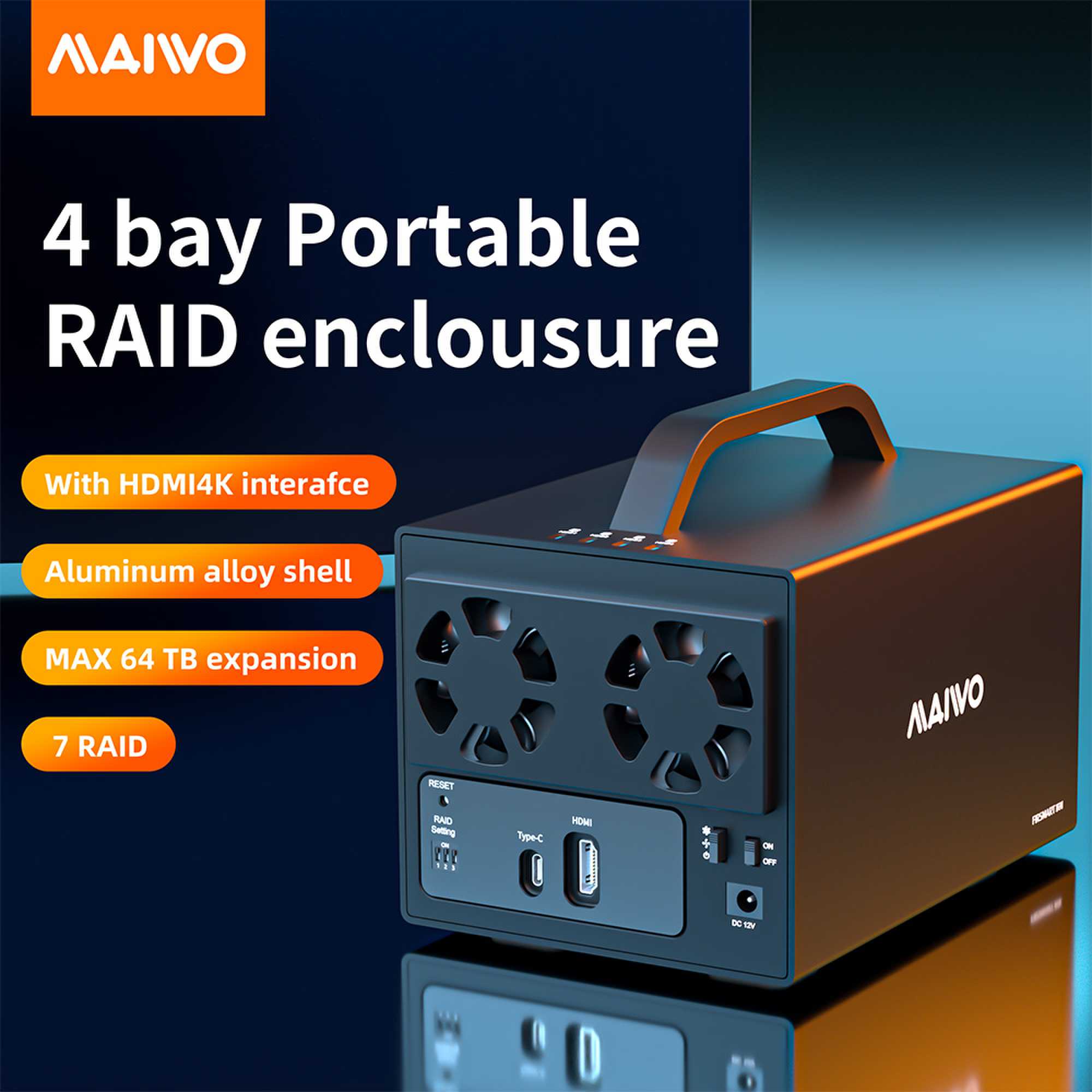Data loss can be a devastating experience, whether it's due to accidental deletion, hardware failure, or a software glitch. In such situations, the ability to recover valuable data becomes paramount. One tool that has proven invaluable in data recovery efforts is the hard drive tray, also known as a docking station or drive dock. In this article, we will explore how hard drive trays are used for data recovery.
Understanding Hard Drive Trays
Hard drive trays or docking stations are external devices designed to connect internal hard drives to a computer or other devices. They typically feature a slot or compartment into which you can insert an internal hard drive, essentially turning it into an external drive that can be connected to a computer via various interfaces, such as USB, eSATA, or Thunderbolt.

The Data Recovery Process
Data recovery using hard drive trays involves several steps, from physical connection to software-based recovery methods. Here's how it works:
1. Physical Connection
The first step in using a hard drive tray for data recovery is physically connecting the problematic hard drive to the dock. This is typically straightforward and involves inserting the drive into the dock's slot or compartment. The dock provides a secure and stable connection, allowing the drive to function externally.
2. Connecting to a Host Computer
Once the internal hard drive is securely connected to the docking station, the next step is connecting the dock to a host computer. This is usually done via a USB, eSATA, or Thunderbolt cable, depending on the dock's interface options. The host computer recognizes the external drive as if it were a regular external storage device.
3. Drive Recognition and Assessment
After connecting, the host computer should recognize the external drive. At this point, it's essential to assess the condition of the drive using specialized software. The assessment includes checking for drive errors, bad sectors, and the overall health of the drive. There are various disk diagnostic tools available for this purpose.
4. Data Recovery Software
If the drive is recognized and appears to be functional, data recovery software is employed to scan for lost or deleted files. There are several data recovery software options, both free and paid, that can be used to retrieve data from the connected drive. These programs often provide options to recover specific file types, search for deleted files, and perform comprehensive scans to recover as much data as possible.
5. File Recovery
Once the data recovery software completes its scan, it presents a list of recoverable files. Users can then select the files they want to recover and specify a destination for the recovered data. It's crucial to recover the data to a different drive to avoid overwriting the lost files.
6. Data Backup and Storage
After successfully recovering the data, it's highly recommended to create a backup of the recovered files. This ensures that even if the original drive fails again in the future, you'll have a copy of the data. The backup can be made to an external drive, cloud storage, or another secure location.
Benefits of Using Hard Drive Trays for Data Recovery
Non-Invasive: Hard drive trays allow for non-invasive data recovery without opening up the computer or the original drive.
Versatility: These devices support various drive types and interfaces, making them versatile for different data recovery scenarios.
Efficiency: Hard drive trays simplify the process of connecting and recovering data from multiple drives, making the recovery process more efficient.
Safe Handling: Using a dock reduces the risk of further damaging the drive during the recovery process, as it minimizes physical handling.
In conclusion, hard drive trays, also known as docking stations or drive docks, are invaluable tools for data recovery. They provide a secure and efficient way to connect internal hard drives to a host computer, allowing for non-invasive data recovery processes. When combined with data recovery software, these devices make it possible to retrieve lost or deleted files, providing a lifeline for individuals and businesses facing data loss disasters.